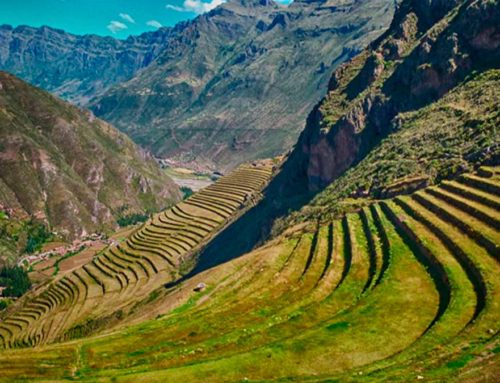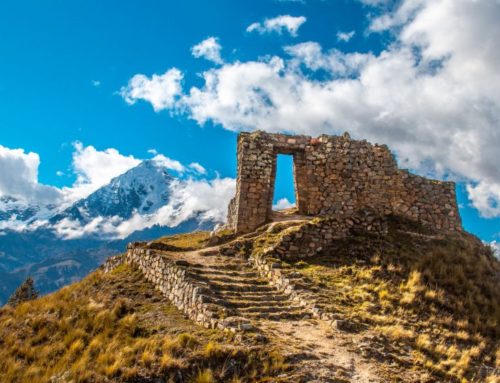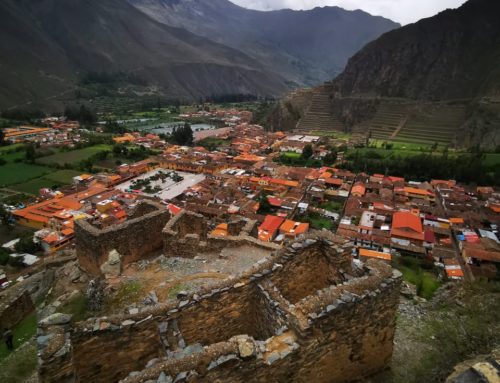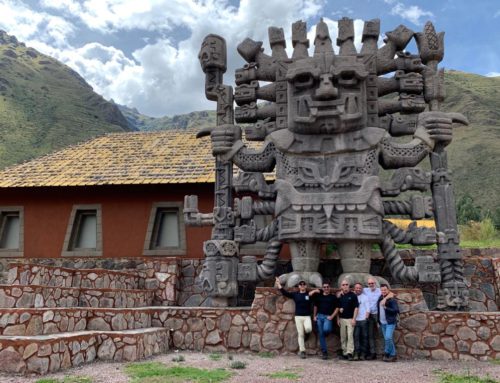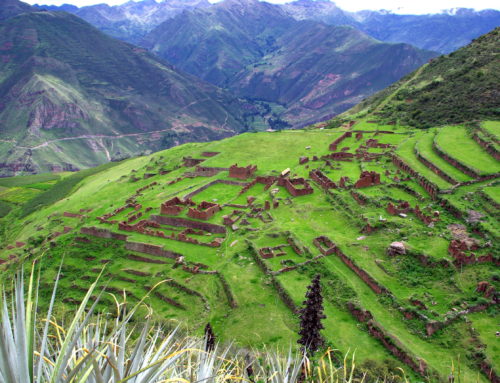We leave from Pedregal Ecolodge at 7:30am to head towards the city of Cusco. This quite intense tour of the numerous visits is perfect for those who want to enjoy the historical surroundings of the city of Cusco and its Incan ruins. You will get to know four prestigious archeological sites before reaching the White Christ where you will enjoy a beautiful view of Cusco. There you will have lunch before finishing the tour in Coricancha.
Puca Pucara Archaeological Center is a military construction located near the city of Cusco. This fortress is composed of large walls, terraces and stairways and was part of the defensive complex of Cusco. Puca Pucara receives its name in Quechua from "Red Fortress", due to the red color that rocks acquire during twilight. Puca Pucara is another example of military architecture that also functioned as an administrative center, has platforms, overlapping terraces, stairways and passages.
At the Tambomachay Archaeological Center, "the resting place" in Quechua, we will see an archeological site that was intended for the cult of water and so that the potentate of the Incan Empire could rest. It is located at a height of 3700 meters. It consists of a series of aqueducts, canals and several waterfalls that run through the rocks. Here there was also a kind of royal garden whose irrigation came from a complicated system of channels specially made for such a function.
Qenqo is an archeological site located two kilometers outside of Cusco, at 3580 meters above sea level. It owes its name, "labyrinth" in Quechua, to the conquerors that funneled through the underground channels of the site. This monument was described as an amphitheater, as it has a semicircular construction. Actually, the purpose of this construction is ignored, which could well be used as an altar, a court or a grave. It is presumed that it was one of the most important sanctuaries in the Incanato. Likewise, the labyrinth with its zigzag channels and its mute stone is helpful to the the worshipers of Inti or Sun god and of the goddess Pacha Mama or Earth were possibly prostrated.
Then we will arrive at the ceremonial fortress of Sacsayhuamán, “satisfied hawk” in Quechua language. It rests at the height of Cusco, which is, with its megalithic walls, the greatest architectural work that the Incas performed during its apogee. From here you can enjoy a beautiful view of Cusco and its surroundings, the site being strategically designed to defend the city, at 3700 meters above sea level. The construction is imposing, with monoliths up to 9m high; It is assumed that the erection of the site took about 50 years with about 20,000 men working. Sacsayhuamán is divided into different sectors: Sacsayhuaman, Rodadero, Throne of the Inca, Warmi K’ajchana, Bath of the Inca, Amphitheatres, Chincana and Bases de Torreones, among others. All are worth exploring!
Finally, Coricancha is the Incan political and religious temple of the center of Cusco, formerly known as “the gold enclosure” before being sacked during the conquest. It was a sacred place where worship was given to the Incan god: the Inti (Sun), so they could only enter fasting, barefoot and with a load on their backs as a sign of humility.
The Coricancha museum has five rooms where the history of the ancestors who lived in these lands is explained didactically, with pre-Inca, Inca and colonial pieces, mostly from excavations in the Coricancha (in Quechua Qorikancha, “courtyard of gold "), during the period 1992-1995.
A long day, but without a doubt you will come out with a much deeper knowledge of the ancient and powerful Inca civilization. You can also make modifications and split this up in a few days to make your way through Cusco's treasures more slowly.


